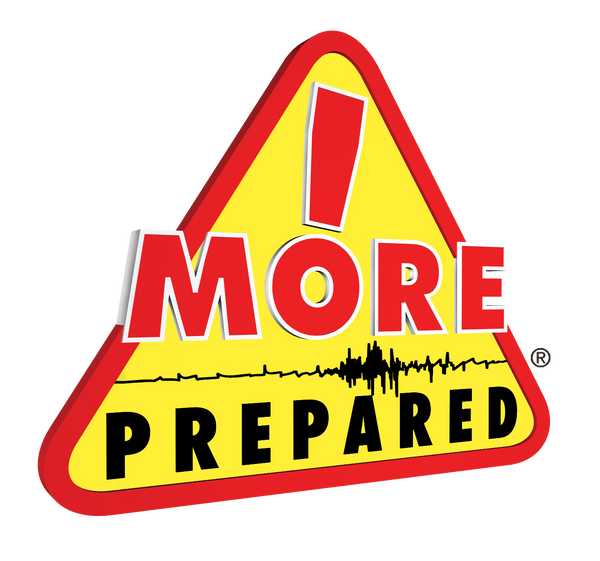
Preparedness at Work
Whether you are a small mom and pop operation or a multi-national corporation, it is important to have an emergency preparedness plan. Studies have shown that up to 25 percent of small businesses do not reopen after a major disaster due to a lack of planning or backup systems. The three areas to consider in your plan are human resources, physical resources and business continuity.
Develop a Plan
- Contact Information – keep phone lists of your key employees and customers with you. Key staff members should also have access to this list.
- Program Your Phones – have calls forward so they can be answered if you cannot get to the office.
- Facility Access – give keys and alarm codes to a trusted employee or friend who lives closer to the business.
- Emergency Lights – should automatically go on when the power goes down.
- Backup Computers – this should be done frequently during the day and a copy kept offsite.
- NOAA Weather Radio – get one with a tone alert feature that will let you know to tune in for severe weather information.
- Stock – have a minimum supply of goods, materials and equipment on hand to ensure business continuity.
- Review Insurance – talk to your agent about what insurance coverage is needed for disasters that may directly impact your business. Consider additional coverage such as earthquake or flood if you are in an area that may be affected or business continuity insurance.
- Take Inventory – keep a detailed inventory list with photos of the company’s assets including furniture, computers, fixtures, cars and trucks. Include detailed descriptions, costs and receipts, if possible. This list should be updated regularly and kept offsite. Inventory Software and/or Inventory Specialists are available to assist you in this task.
- Safety Team – designate employees on every shift, floor, office, store etc. to be the safety coordinator. This person will make decisions during an emergency and know how to contact the appropriate people.
- Evacuation Routes – map out the routes to be used and conduct drills regularly to train everyone on what to do.
- Emergency Supplies – have a minimum supply of food, water and other essential office emergency items such as first aid kits, flashlights and batteries, tools, and sanitation items on hand to cover all your employees for at least three days.
Click here for a detailed list of disaster supplies recommended by the Red Cross.
Reduce Potential Damage
- Bolt tall bookcases or display cases to wall studs using furniture straps.
- Protect breakable objects by securing them to the shelf using wax or gels.
- Move objects that could fall and injure someone to lower shelves.
- Install latches to keep drawers and cabinets from flying open.
- Secure framed pictures and mirrors to walls using picture hooks.
- Strap water heaters to wall studs using plumber’s tape or strap iron.
Also consider installing:
- Automatic fire sprinklers.
- Flexible connectors to appliances and equipment using natural gas.
- Shutters to protect windows from damage caused by debris blown by a hurricane, tornado or storm.
